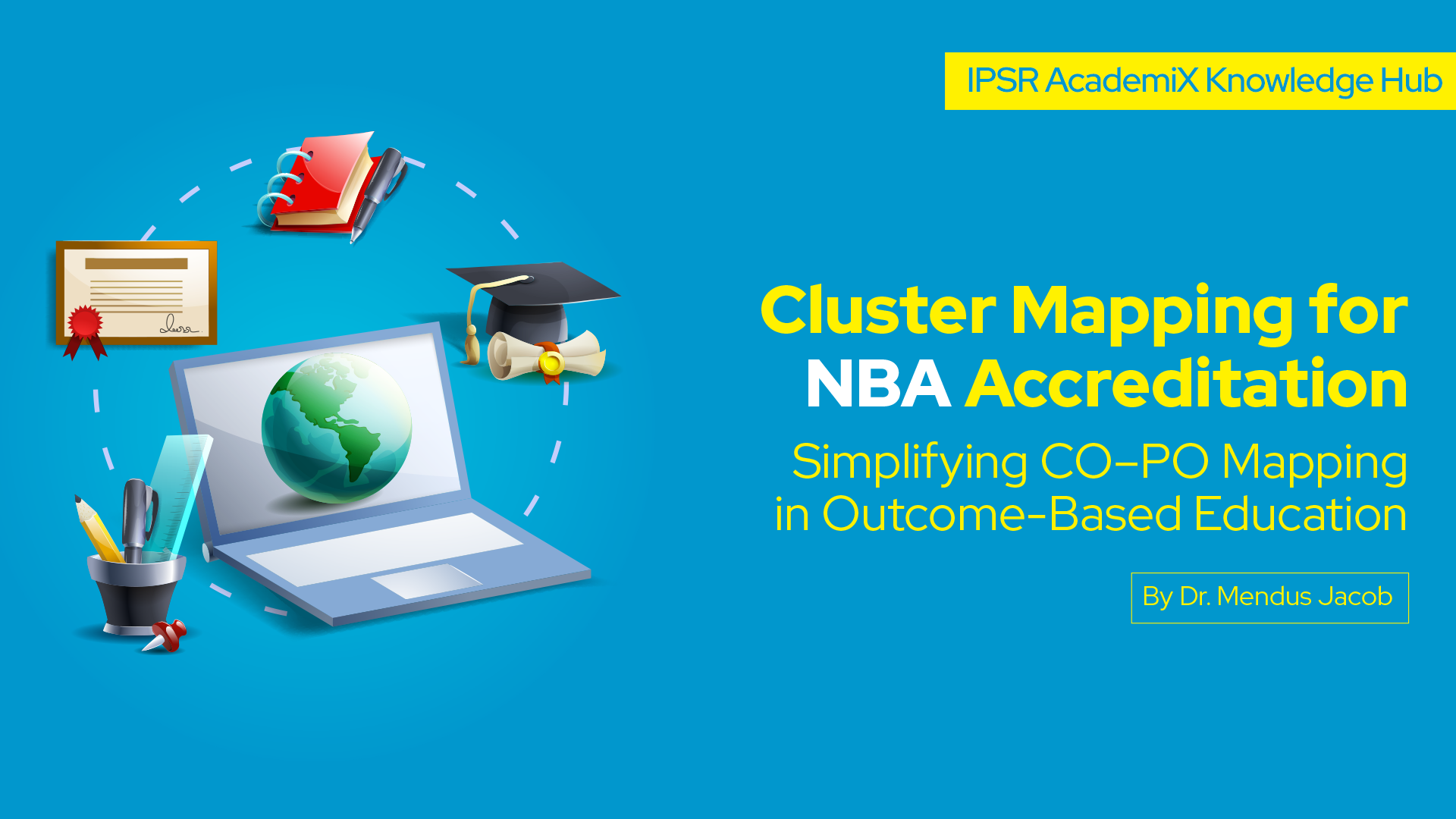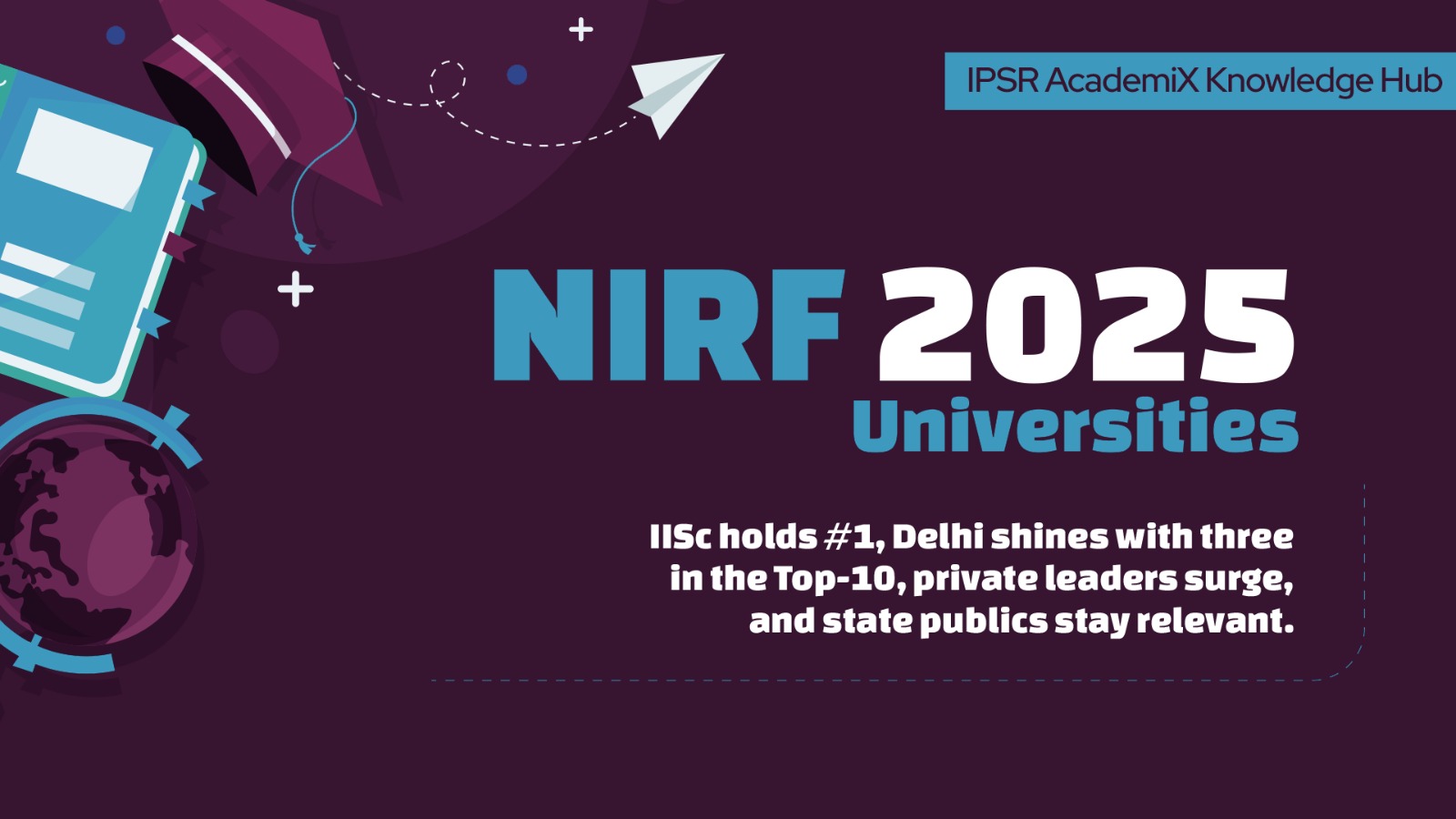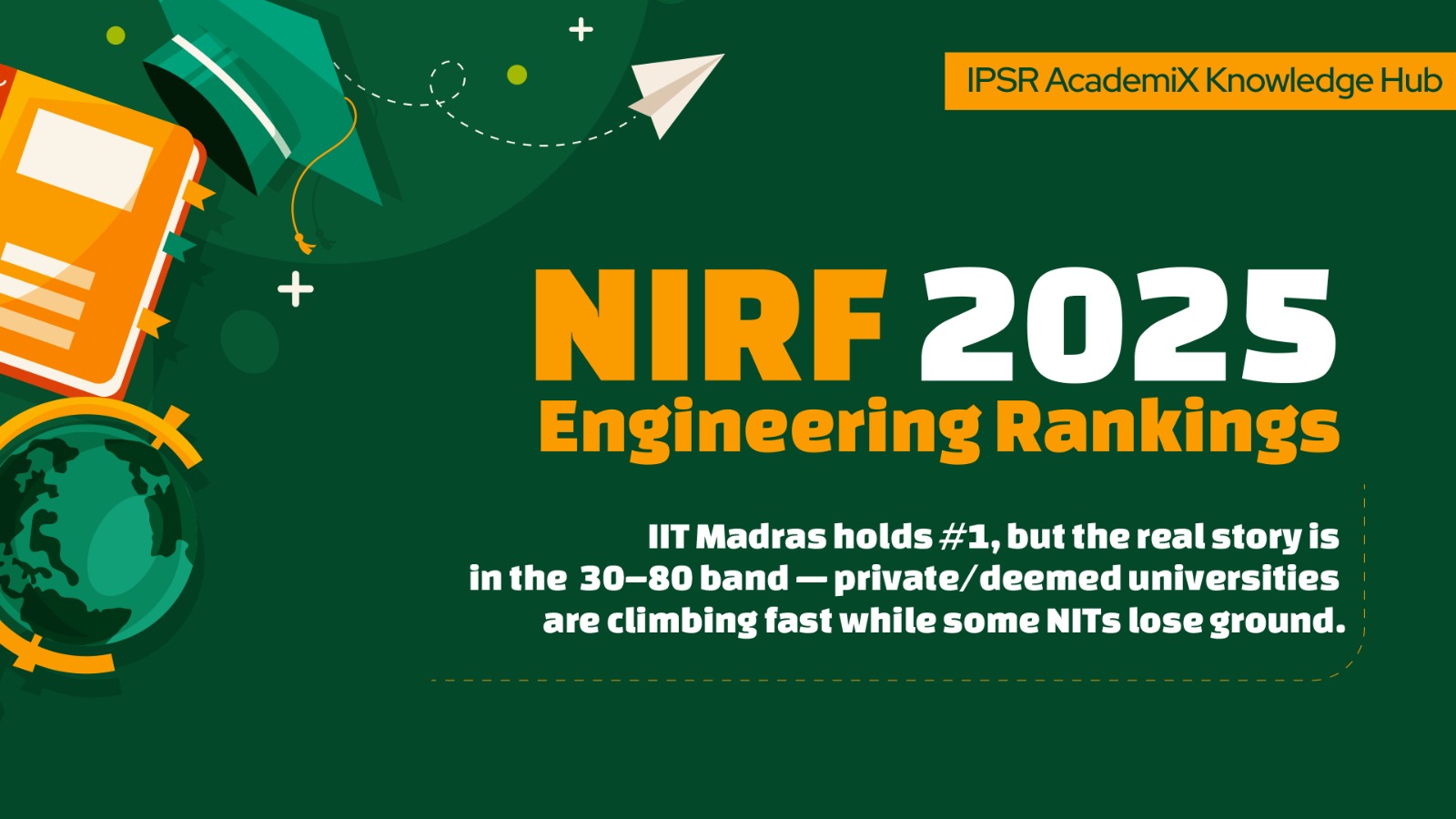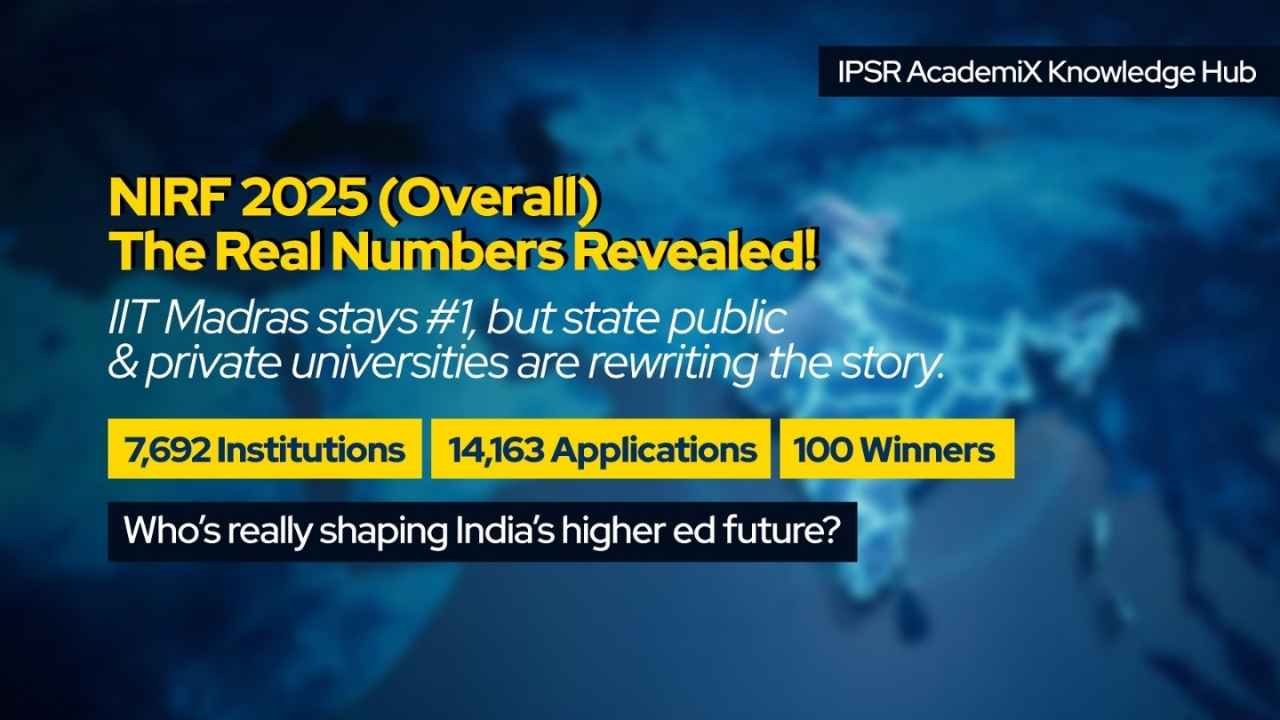
Teaching is a deliberate process which progresses through three phases, namely pre-active, interactive and post-active. Pre-active is the planning phase, interactive is the execution phase and post-active is the evaluation phase.
Assessment and Evaluation are the processes which are integrated into the teaching at both interactive and post-active phases.
Usually, the terms Assessment and Evaluation are used interchangeably, but technically these two terms have a wide variation. Evaluation is a broader term which focuses on the end outcome (summative) whereas Assessment is a formative process performed during the teaching and learning process in order to diagnose the students’ progress. Obviously, Evaluation is product-oriented, while Assessment is process-oriented.
In short, Assessment is feedback from the part of the student to the instructor about learning while Evaluation is feedback from the part of the teacher to the student about the status of his learning in terms of the end outcomes.
The field of education is highly complex, so design and execution of the appropriate assessment techniques require much competence. In normal practice, there are a number of techniques that could be integrated with teaching. One of the most commonly used practices is observation, where the teacher identifies the external behaviour of the student, in appropriate situations. For a good observation, the teacher should have proper planning, skilful execution, recording and interpretation of the situation.
In many situations, self-reporting could be an effective practice. This practice provides a space for the participants to express their knowledge, attitude, feelings and beliefs in a specific context.
Anecdotal Record will be an effective tool for assessment; it provides a running description of the significant events which the teachers have observed in the life of the student.
A Checklist is another tool that could be integrated into the process of assessment. This will serve as an effective instrument of observation; it records the presence or absence of an item or characteristics about a subject of evaluation. The Rating Scale could be considered as an improvement over the checklist. This provides an additional dimension to the checklist in terms of how much or how well something has happened.
Furthermore, many curricular and co-curricular activities like case studies,journal writing. Poster presentations, article/book reviews, projects, assignments, industrial visits, field trips, portfolios, documentary, short films, presentations, surveys etc, may be included as a part of a course.
In these circumstances, the preparation of evaluation Rubrics will provide a valid and objective assessment of these activities. A rubric is a coherent set of various criteria prepared for assessment of students’ work. Quality description of the level of performance with respect to each criterion is used for assessment. This makes the evaluation objective. A Test could be considered as the most commonly used tool for the assessment of student’s performance or other characteristics with the aid of a numerical scale or a category system. A Test is a series of questions or stimulus intended for the students to provide appropriate answers or responses for which a score is obtained. Tests could be broadly classified as Achievement Test (for estimation of scholastic achievement), Diagnostic Test (for diagnosis of the weakness or difficulties) or Prognostic Test (for predicting future performance).
An Achievement Test is one of the most commonly used summative assessment tools to assess the scholastic attainment of the students after a period of training or learning. It focuses on how much a learner has learned specific contents related to a certain area or topic of study. A structural format of an Achievement Test includes a set of stimuli (questions) like open-closed end objective type questions, True-False questions, Matching type questions, short answer questions, essay type questions, etc. An Achievement Test could be prepared either as a standardized test or a normal teacher-made test for local administration. A well prepared Achievement Test will follow the predesigned weightage criteria in terms of objectives, content – topic or subtopic of assessment, types of questions, difficulty level and course outcomes.
The brief description of the essential characteristic of a good achievement test is detailed below.
This is the most significant characteristic of a good test. It means a test should measure what it intends to measure, it’s the trustworthiness of the test. For an achievement test, the essential validity it should possess is the content validity, i. e. the test should be able to measure the student’s mastery over the given content.
It means the consistency or accuracy by which a test measures what it seeks to measure. Reliability of a test could be estimated by the test-retest method or the split-half method. Normally, reliability is estimated for the purpose of standardization of a test.
It is the invariability of the test score when it is evaluated by two or more equally competent examiners. It should be free from a prejudiced evaluation. Objective type questions and a properly prepared scheme of evaluation will enhance objectivity.
A good test should have a high discrimination power. It means the test should be able to distinguish between high achievers and low achievers.
A good test should cater to all types of students. It is a good practice to have 60% of the questions with an average difficulty level, 20% easy type questions and 20% difficult type questions. It will be a good practice to frame the questions to higher levels of learning according to Bloom’s taxonomy.
The structure of the question paper should not be complex; it should be easily understandable by the students with sufficient instruction. It is a good practice to reduce the structural complexity and increase the quality of questions.
A good question paper should reduce the choice of options. An increase in the number of choices will reduce the comprehensive evaluation of the content. It will also create issues in the authentic assessment of course outcomes as per outcome-based evaluation (OBE).
The first phase in preparation of an Achievement test is to have a clear-cut plan on the objective of the test, about the content or topics that should be included for testing, an idea on the duration of the test and about the maximum score of the test. On completion of this planning, we should prepare a design for the test. The following should be considered as the thrust area in the formulation of design
The weightage to various criteria refers to the distribution of the scores within the range of variation of the respective criteria.
| Cognitive Objective | Marks | Percentage |
| Remembering | ||
| Understanding | ||
| Applying | ||
| Analysing | ||
| Evaluating | ||
| Creating |
| Content / Topic | Marks | Percentage |
| Topic 1 | ||
| Topic 2 | ||
| Topic 3 |
| Form of Questions | Marks | Percentage |
| Objective Type | ||
| Short Answer Type | ||
| Essay Type |
| Difficulty level | Marks | Percentage |
| Easy | ||
| Moderate | ||
| Difficult |
It could be considered as a four-dimensional wireframe of an Achievement test which consolidates the distribution of the number of questions with respect to the four-dimensional criteria specified in the design of the test.
A question bank could be considered as a library of questions from the entire content prescribed for the course. A good question bank should be in lines of the assessment tool. It should include a variety of questions in various forms which are included in the test layout. There should be a sufficient number of questions from various cognitive levels of learning as specified by Bloom’s Taxonomy. A good achievement test normally should have about 60% moderate questions, 20% easy questions and 20% difficult questions; hence a question bank should contain a sufficient number of questions from different difficulty levels. A question bank with a rich collection of questions will serve as an effective database for generation of a quality question paper.
An automated random selection of questions from the Question Bank in line with the pre-set blueprint is viewed as an innovative assessment practice by the higher education council. It is also recommended by the accreditation agencies of Higher Education (like NAAC, NBA) to transform the traditional manual practices of question paper preparation to an automated question paper generation system.
Recently, the Higher Education System in India has initiated an outcome-based approach in every aspect of the system. This transformation is in line with the global paradigm shift from the traditional classical approach, to a productive, output-based and learner-centred approach. In Outcome Based Education, all activities are centred around predefined outcomes and every learning activity and assessment need to be constructively aligned with these outcomes.
To gain an Indian perspective on OBE in HEIs, please refer to the IPSR AcademiX White Paper on OBE.
In an OBE-enabled scenario, the assessment should happen in two dimensions. The traditional norm-referenced assessment should go hand-in-hand with the attributes or criterion-referenced assessment for OBE.
In the OBE-enabled system, assessment of outcomes is directly done from the curricular and extracurricular activities. Hence, an assessment of any activity requires that it should be pointed to the related predefined outcomes.
As we discussed above, the Achievement Test is the most common tool for assessment of the scholastic accomplishment and predefined outcomes of a scholar. Therefore, in the construction of an achievement test, we have to map each stimulus (question) to the respective course outcomes (CO’s) to which it is related. In each of these relations, the strength of the relationship should also be marked, using a scale (eg. a scale of 0 – 3).
For computing the CO attainment with respect to the Test, the marks scored by the students for each question can be used. These scores can be transferred to the respective COs, by using the strength of mapping as a weight, to derive the weighted average.
A smart question bank is the one which integrates the requirement of OBE into its design.
As discussed earlier a normal Question Bank tags the details regarding the level of the specification of objectives as per the Bloom’s taxonomy, difficulty level and the topic to which it is related to every form of questions included in the bank. Hence we will be able to generate a good question paper as per the blueprint.
While working with OBE, each question needs to be mapped to the respective CO’s. An OBE-enabled question bank provides the functionality of mapping each question to the respective outcomes, along with the strength of mapping.
An OBE-enabled, smart question bank system can generate high-quality question papers along with their CO-linked schema, thereby assisting in traditional and outcome-based evaluations.
Note: Our experienced mentor panel conducts hands-on workshops on assessment best practices and helps to implement smart question banks. Get in touch with us to book an appointment.
Join us for FREE to get instant email updates!

Simplifying CO–PO Mapping in Outcome-Based Education Accreditation by the National […]

The National Institutional Ranking Framework (NIRF) 2025 results are out, […]

What the Top 100 Rankings Reveal About India’s Universities The […]

Exploring patterns, trends, and the evolving landscape of technical education […]

Release date: September 4, 2025 Source: NIRF portal’s Overall Top-100 […]
Good
Thanks Mira.
We really appreciate readers’ feedback.
Very well explained all concepts related to OBE and its different parameters.
Thank you, feel free to contact us at academicsolutions@ipsrsolutions.com
Very nice Explanation
Explicitly explained
Informative
Dear Elwin Paul Konattu, Thanks for leaving us such wonderful feedback. We are happy that our blog was informative and valuable for you. If you have any queries, feel free to contact us at academicsolutions@ipsrsolutions.com
Very well explained all concepts related to OBE and its different parameters.
Thank You, for your feedback as our blog was informative and valuable for you.
Very well explained all concepts related to OBE and its different parameters.
Dear Geena Jose, Thanks for leaving us such wonderful feedback. We are happy that our blog was informative and valuable for you. If you have any queries, feel free to contact us at academicsolutions@ipsrsolutions.com
Very well explained all concepts related to OBE . thank you for your valuable inctruction
Thank you, feel free to contact us at academicsolutions@ipsrsolutions.com
Is there any generalized percentage value for each learning level assessment?
Very nformative
all the informations and materials posted here are very informative and can be used as a benchmark.
THANK YOU SIR FOR GIVING A WONDERFUL INFORMATION
Thank You, for your feedback as our blog was informative and valuable for you.
VERY GOOD EXPLANATION AND THANK YOU GIVING THIS SECTION
Very well explained all concepts related to OBE and thank you for this section
Thank you, feel free to contact us at academicsolutions@ipsrsolutions.com
Very informative
Dear Manju Mukundan, Thanks for leaving us such wonderful feedback. We are happy that our blog was informative and valuable for you. If you have any queries, feel free to contact us at academicsolutions@ipsrsolutions.com
Thank You, for your feedback as our blog was informative and valuable for you.
Well Explained
Clearly explained
GOOD
GOOD EXPLANATION
Very informative.
“A good achievement test normally should have about 60% moderate questions, 20% easy questions and 20% difficult questions” I’m interested in this breakdown, because I’m trying to use stratified banking in my exams. Could you (or anyone?) please point me to any research behind this? Thanks.
VERY INFORMATIVE
Very well explained all concepts related to OBE
VERY USEFUL
Very well explained all concepts related to OBE and its different parameters.
I had a good idea about the OBE architecture and its concepts.
Delivered in simple english.
Task given is very useful for the practice and to understand the concept so clear
Precisely explained.
Very Informative
Very informative materials.
How to perform Gap Analysis of PO and PEO attainment?
good
very informative
valuable material
Very Well Explained. Thank you Sir
Useful
very informative
Very informative
Thank you for the clear explanation.
well explained
detailed explanation and good presentaton
It’s very useful
Thank you
Well explained
very useful
Thank You, for your feedback as our blog was informative and valuable for you.
VERY USEFUL
THANK YOU FOR YOUR EFFORT
Thank you for clear explanation sir
VERY USEFUL
Very Useful
This is very apt at present
THANK YOU GOOD SESSION
Good
THANK YOU FOR THE LESSON
Informative session
Good
very informative
Informative
GOOD
Useful and Informative
Very informative
Well explained
material is really useful, Thank you sir
very informative
IT WAS AN INFORMATIVE PRESENTATION
useful Information
This information is very useful.
informative
well explained
VERY WELL EXPLAINED
INFORMATIVE
Very useful and very informative sir, Thank you sir